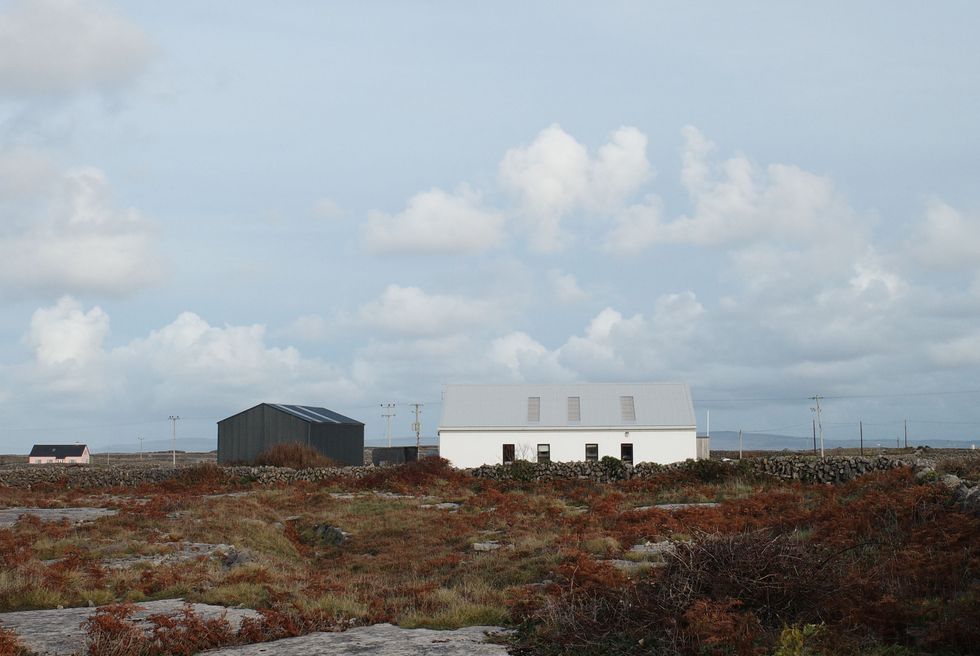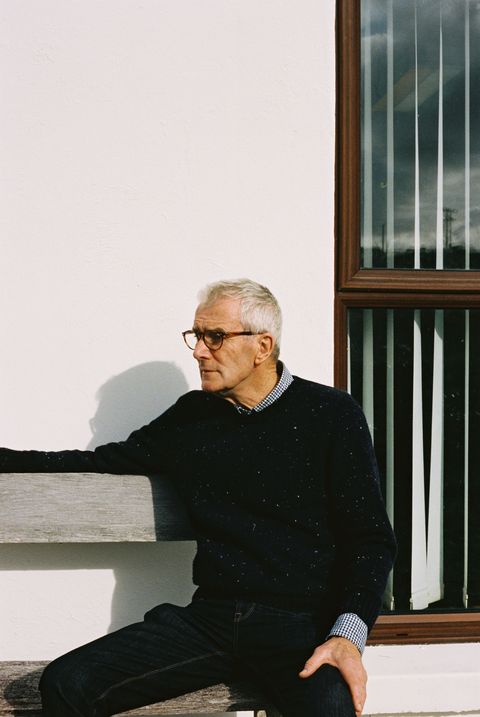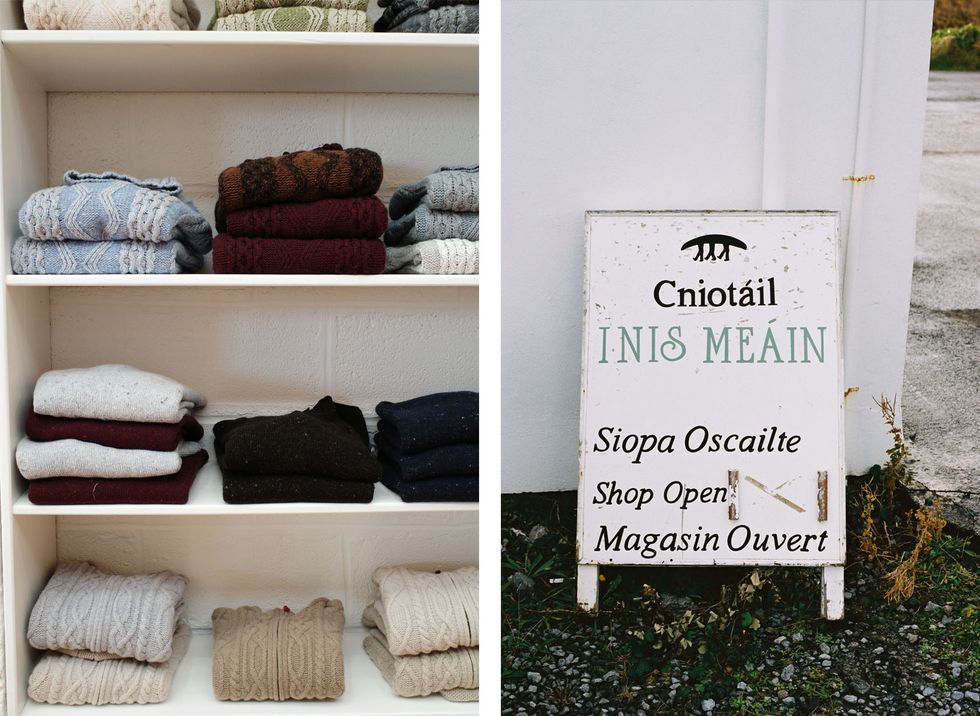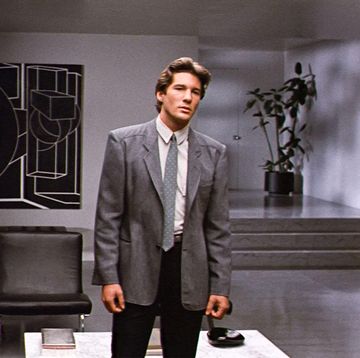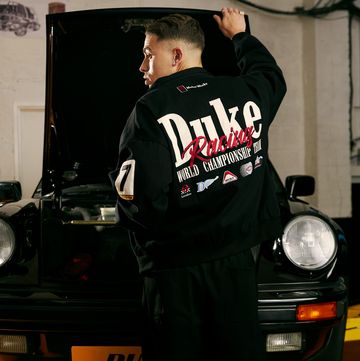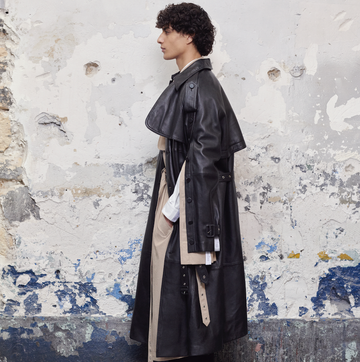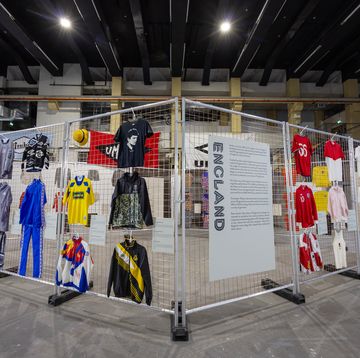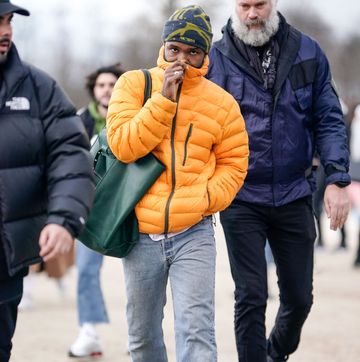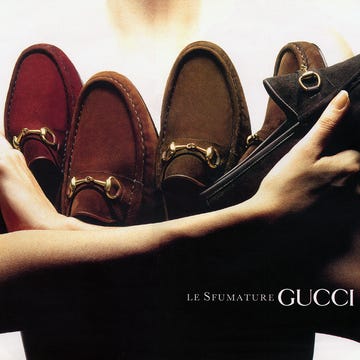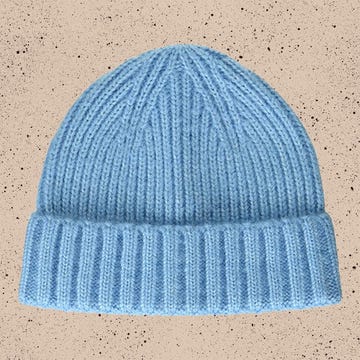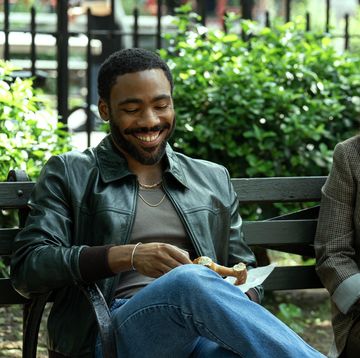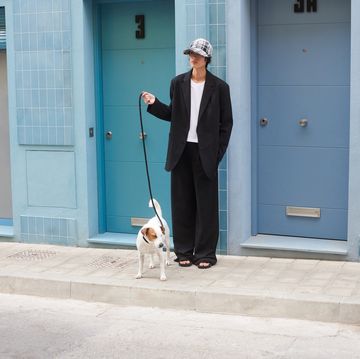Shuddering against the impact of the North Atlantic Ocean, the boat rocks wildly from side to side, as if in the clutches of a giant, malevolent toddler at bath time. It’s too much for one passenger, who seeks solace in a sick bag. A pensioner in a leather jacket and scuffed loafers snoozes gently beside him, counting king crab in his sleep.
“A bit choppy out there,” says the ferry’s captain, appearing unfazed as towering columns of roiling surf erupt from every angle. Eventually, a beacon appears through the October evening gloom. Three dim spotlights and the tiny harbour of Inis Meáin.
Thirty miles off the west coast of Ireland, at the mouth of Galway Bay, Inis Meáin (population: 180) is the middle and least populous of the three Aran Islands, joining Inis Mór and Inis Oírr as lonely, limestone outcrops huddled together against the great stormy caprices of the Atlantic. Sail due west for some 2,000 miles and the next land is the Canadian province of Newfoundland and Labrador.
It is certainly an unlikely spot for a luxury fashion brand. The Inis Meáin Knitting Company, founded in 1976, is based in a handsome, whitewashed building with a corrugated steel roof near the island’s centre, just down the hill from the church and the primary school with its roll of 20 students. A solitary sheep stands in a windswept field opposite the factory, staring impassively off into nothing in between mouthfuls of grass tinged the colour of rust. White and pastel houses pockmark the otherworldly landscape in the distance.
“It might sound like an old-fashioned company,” says Tarlach de Blácam as he shows me around the production floor, a whirl of activity, spools of colourful fabric and cardboard boxes full of orders ready to be shipped off on the Monday morning boat to the mainland. “But we’re actually very modern.”
He gestures proudly towards a high-tech Japanese knitting machine that is able to weave 12-gauge fabric. “That’s really opened things up for us,” he says. “It means we can create extra fine and soft garments.” A row of six local women are busy hand-finishing jumpers in various shades of navy, burgundy, ecru and sage, silent in their mutual concentration. “It’s a very difficult skill. Some of these ladies have been with the company since we founded it.”
The factory currently employs 21 staff and is by far the island’s biggest employer. Its lookbook is modelled by a Galway fisherman blessed with a set of high cheekbones.
Spry, refined and smartly dressed in a navy Donegal sweater, gingham shirt, indigo denim and tortoiseshell frames, de Blácam is a tall, 72-year-old man. A Dubliner by birth, he moved to the island in 1973 with his wife, Áine Ní Chonghaile, a native of Inis Meáin who was teaching in the Irish capital when they first met.
“We came here intending to write,” says de Blácam, who studied Celtic languages at Trinity College, “and ended up setting up the knitwear industry. Back then there was nothing on the island whatsoever. No electricity or running water, no proper pier for the ferry. The place was disintegrating. A lot of people were leaving for good. We wanted to do something to create employment. It made sense to focus on a trade that honoured the island’s heritage.”
De Blácam and Ní Chonghaile felt there could be a wider demand for traditionally-crafted Aran knitwear: the hard-wearing, heavy yarn sweaters that had been knitted by the women of the island for millennia, updated with more luxury-centred fabrics.
“I thought if we targeted high-end stores in Europe and Japan we might be onto something,” de Blácam says. Today, its jumpers, cardigans and unstructured jackets — which range in price from around £200 to £400 — as well as accessories, are stocked by Anderson & Sheppard, Matches Fashion, Macy’s in New York and boutiques and department stores in Italy, Germany, Japan and China.
“Inis Meáin is one of those brands which is an absolute expert in its field,” says Damien Paul, head of menswear at Matches Fashion. “It creates understated, best-in-class knitwear in muted colours and tones that can work for any man. It’s the sort of product you end up having for years and is far removed from seasonal trends. It’s definitely a brand that chimes with the emerging slower approach to fashion our customers appreciate.”
“Nowadays, I have to hold back on sales. It’s been a hard slog to get to this place,” says de
Blácam, who remembers the “awful” winter of 2009 when the world economy tanked. Suddenly, artisanal Irish knitwear didn’t factor into most people’s budgets. “Now we’re flavour of the month. I can’t afford to overbook and that’s the danger. It seems like young guys care more about where their clothes come from nowadays and want to get kitted out, which is great for us.”
Barely three by four miles in diameter, Inis Meáin means, fairly straightforwardly, “Middle Island” in Gaelic, the first language of its residents. In the evenings during my guest-house stay, I sit alone in a room painted Rothko red, eating homemade soup and soda bread while a radio plays traditional music — jolly, fiddle-heavy ditties interspersed with music-less songs, strange and salty calls to prayer recited with a quivering beauty. Across a moonless sky, the weak amber lights of the harbour are the only break in the darkness. The renowned Irish language playwright, poet and folklorist John Millington Synge, who spent summers on the island, studying its rich heritage, wrote in his 1907 book The Aran Islands: “This is the last outpost of ancient Europe: I am privileged to see it before it disappears forever.”
The Aran Islands are home to around 200 bird species, including puffins, herons, ringed plovers, cuckoos, stonechats, skylarks and linnets. I’m trailed by a suspicious crow as I trek first to the remains of a 4,000-year-old Celtic fortress and then on to the far northwestern corner of the island on de Blácam’s recommendation, a place where Synge would often meditate facing out to the horizon. In May, wild flowers erupt here in a sea of colour, owing to the relatively temperate climate and fertile soil.
“I’m always looking at the colours and shapes of the local fauna and flora for our collections,” de Blácam says. At this time of year, with the flowers long since decayed, wild thistles poke up from between moss-covered rocks and thickets of blackberries line the roads. Traditional drystone walls snake around the land creating a primordial maze. As you reach the cliff edge, Inis Mór comes into view, obscured through a prism of sea spray. With 800 residents, it is jokingly referred to as “The Metropolis” by locals on the smaller island.
“A lot of people might find it lonely here,” de Blácam says over a lunch of ham with potato salad and tomatoes grown in his eldest son Rory’s weather-proof polytunnel, “but I wasn’t made for cities.” He still swims in the sea, even as winter approaches, off the black pebble beach, and has a boat for fishing: cod, plaice, mackerel in summer and the occasional monkfish. “I used to scuba dive, but I’m TFO now… Too Fucking Old!”
“I’ll be sad when some of the old folk go off,” he adds, nursing a cup of tea at the kitchen table of the family home, a book-lined, converted schoolhouse in the same white as the factory with a neatly-painted blue door. “I admire the independence and the way of life. Because this place was so isolated, they had to be able to adapt. You couldn’t rely on anyone else.”
Before the pier was built, de Blácam would have to row out to meet the ferry, moored off the island, in a traditional Irish wood-framed boat called a currach. “That was the only option if I wanted to get my orders shipped.”
Lunch over, he gathers himself to head back to the factory as America wakes up and comes online, to check for new knitwear orders.
A large kitchen window faces out towards the Atlantic, as do many on Inis Meáin. During the winter, Tarlach and Áine might sit and watch a storm roll in, the salt air rattling against the glass. “We’ve seen it all,” she says as empty plates are cleared. “The storms, the wind and rain. Waves like you wouldn’t believe.” Today, there’ll be no such spectacle. A brief biblical shower has given way to a hazy afternoon, the soft light turning the rusty grass golden, the fury of the Atlantic reduced to a gentle lapping against the island’s ancient shores.
